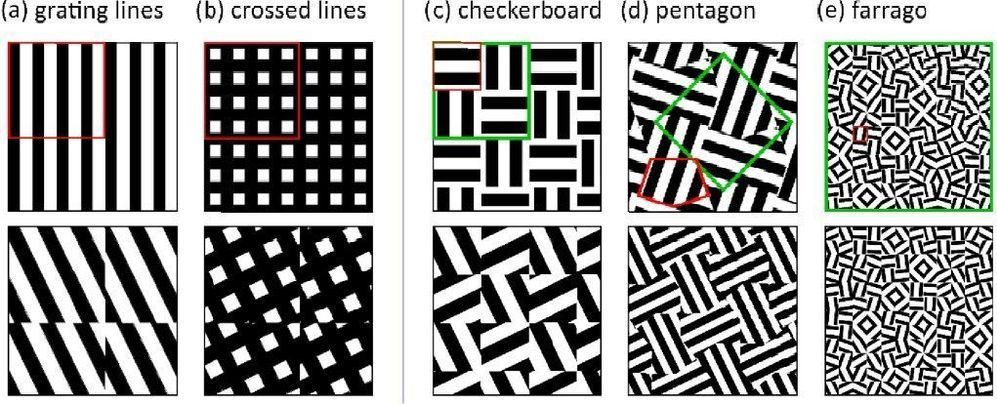A secret set of salivary glands has been hiding behind the nose.



Microsoft is partnering with SpaceX to connect the tech giant’s Azure cloud computing network to the growing Starlink satellite internet service offered by Elon Musk’s company, the companies announced Tuesday.
Starlink is SpaceX’s ambitious plan to build an interconnected internet network with thousands of satellites, designed to deliver high-speed internet to anywhere on the planet.
“The collaboration that we’re announcing today will allow us to work together to deliver new offerings for both the public and the private sector to deliver connectivity through Starlink for use on Azure,” SpaceX president and COO Gwynne Shotwell said in a video. “Where it makes sense, we will work with [Microsoft]: co-selling to our mutual customers, co-selling to new enterprise and future customers.”
A teen from Texas has won a national science competition for identifying a molecule that can bind and potentially disable SARS-CoV-2.
Get Honey for FREE and start saving money today ► http://joinhoney.com/hacksmith
Thanks Honey for sponsoring this video!
Enter the Helmet Giveaway ► https://forms.gle/ZobtfubkFzkU626AA
Try Altium Designer for Free and start designing your own PCBs ► https://www.altium.com/yt/TheHacksmith
View & share electronic designs online ►https://www.altium.com/viewer/
https://jlcpcb.com/ $2 2Layer 5PCBs, $5 4 Layer 5PCBs.
Pre-order the MK5 Helmet from Joetoys ► https://joetoyss.com/collections/iron-man-1/products/iron-man-mk5-helmet (and use Honey to get an exclusive coupon!)
#ad
Check out Alex Lab’s hydrogen based repulsor ► https://www.youtube.com/watch?v=FDVrM929s70
Become a Hacksmith member get exclusive perks! ► https://www.youtube.com/channel/UCjgpFI5dU-D1-kh9H1muoxQ/join

F-22 Raptors from the North American Aerospace Defense Command, or NORAD, intercepted a group of Russian aircraft in international airspace near Alaska Monday night.
In a series of tweets early Tuesday morning, NORAD said the Raptors intercepted a pair of Russian Tu-95 “Bear” bombers escorted by Su-35 fighters. NORAD said it also identified a Russian A-50 airborne early warning and control aircraft supporting the other Russian planes that “loitered” in the Alaska Air Defense Identification Zone and came within 30 nautical miles of Alaska’s shore.
NORAD said that all Russian aircraft remained in international airspace and at no time entered U.S. or Canadian airspace.

NASA just landed a spacecraft on an asteroid and, if everything went as planned, sucked up a sample of dust and rock from the surface.
From 200 million miles away, NASA and its engineering partner, Lockheed Martin, instructed the spacecraft to descend to the surface of a space rock called Bennu.
In just 5 to 10 seconds, the probe should have collected samples from the asteroid’s surface. It’s set to bring these pieces of Bennu back to Earth later.

Elon Musk announced that Tesla’s Full Self-Driving beta test will indeed be rolled out tonight. The Full Self-Driving beta will feature improvements from Tesla’s Autopilot rewrite. Musk has described the upcoming FSD beta as “profound,” which has only fueled excitement for its release.
While Musk confirmed the rollout of FSD’s limited beta, he did set some realistic expectations to the electric car community. The CEO stated that this limited beta will be rolled out in an “extremely slow and cautious” manner, likely to maximize safety. This bodes well for Tesla’s public Full Self-Driving rollout, as it shows that the company is taking a very conservative approach with regards to the release of its autonomous driving features.
Earlier this month, the Tesla CEO gave the public some information about the FSD beta coming out tonight. He said that Tesla’s new FSD build will be “capable of zero-intervention drives.”

A simple way to improve efficiency…
Solar panels offer huge potential to move more people away from electricity generated from burning coal, and a new innovation devised by scientists stands to more than double the amount of light captured by conventional solar cells.
In a new study, a team of scientists from the UK, Portugal, and Brazil discovered that etching a shallow pattern of grating lines in a checkerboard design on solar cells can enhance the current generated by crystalline silicon (c-Si) by as much as 125 percent.
“We found a simple trick for boosting the absorption of slim solar cells,” explains photovoltaics researcher Christian Schuster from the University of York.

Dualism Reborn
McFadden’s hypothesis veers away from most neuroscientists, who generally see consciousness as a narrative that our brain constructs out of our senses, perceptions, and actions. Instead, McFadden returns to a more empirical version of dualism — the idea that consciousness stems from something other than our brain matter — in this case energy.
“How brain matter becomes aware and manages to think is a mystery that has been pondered by philosophers, theologians, mystics and ordinary people for millennia,” McFadden said in a press release. “I believe this mystery has now been solved, and that consciousness is the experience of nerves plugging into the brain’s self-generated electromagnetic field to drive what we call ‘free will’ and our voluntary actions.”